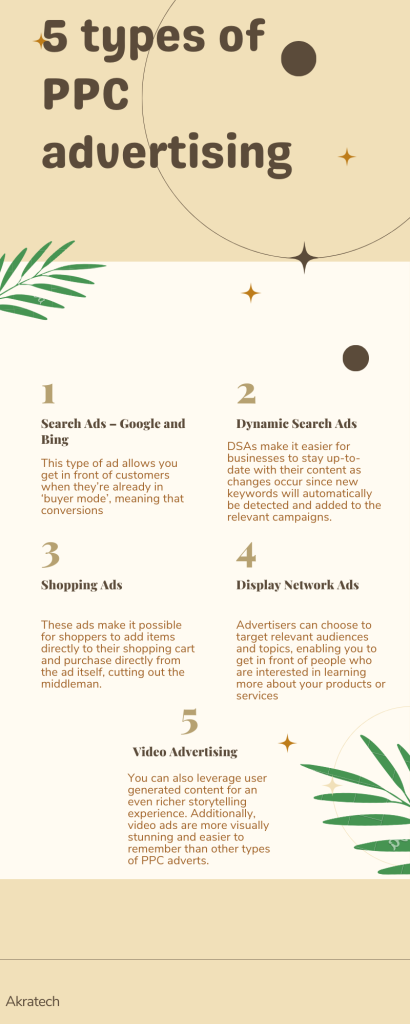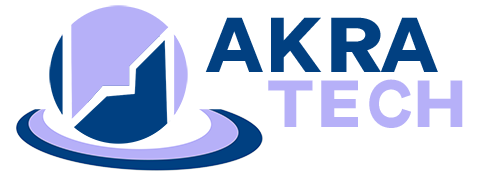PPC (Pay-Per-Click) management is an essential part of every digital marketing strategy, providing a way to target specific audiences and achieve measurable results. Learn more about the basics of PPC, including how it works, its advantages and disadvantages, and how you can use it to reach your goals.
What is PPC Management?
PPC management is the process of setting up, running, and optimizing paid advertising campaigns using search engines like Google Ads or Bing Ads. By understanding your target audience’s search behaviors and preferences, creating effective ads, and choosing the right keywords, you can make sure that you are targeting the right people with the right offer.
“PPC management is an effective way to increase traffic to your website and attract potential customers who are already searching for what you offer”

How Does PPC Work?
PPC, or Pay Per Click, is a method of online advertising that allows businesses to pay for their ad to appear when people search for specific keywords related to the product or service they are offering. This can be done on search engines such as Google, Bing, and Yahoo. An advertiser will bid on specific keywords they would like their ads to show up for and will then pay each time a user clicks on their ad.
Benefits of PPC Management
With the right PPC management techniques, you’ll be able to increase your website traffic, convert more leads, generate more sales, and get higher ROIs. You’ll be able to target the right customers at the right time and will get a better understanding of customer buying behavior. Additionally, you can adjust your strategy on an ongoing basis and tailor it according to users’ responses in order to maximize your profits.
Setting Up a PPC Campaign
Setting up a successful PPC campaign requires careful attention to detail. First, you have to define your strategy in terms of targeting which includes keywords, location, time, and search engine used. Second, you have to set the budget for each keyword or group of keywords (keyword groups). Third, you have to create ad copy that is tailored to the audience and resonates with them. Finally, you need to track results in order to monitor your campaign’s progress and make necessary adjustments if needed.
Optimizing Your PPC Ads
Optimizing your PPC ads is an important part of any successful campaign. For example, you can ensure your ads are displayed in the most relevant manner by monitoring search terms and tweaking them to meet the right audience. You can also adjust bids on individual keywords or keyword groups to control how much you are paying for each click. Additionally, creating segmented campaigns and A/B testing different ad variations allows you to refine your targeting and optimize your results as well.

The Top 5 Types of PPC Advertising You Must Use
With so many different types of pay-per-click (PPC) advertising, it can be difficult to know which one is the best fit for your business. From search engine ads to display campaigns, get an overview of the most popular PPC platforms and how they can help grow your company’s ROI.
Search Ads – Google and Bing
Search Ads are the most straightforward of all PPC advertising options. These ads appear at the top of the search engine results pages, utilizing specific keywords to target a given audience.
Google and Bing are the two main search engines that allow businesses to create ads on their platform. When users search those keywords, your ad could appear and direct them to your website or landing page. This type of ad allows you to get in front of customers when they’re already in ‘buyer mode’, meaning that conversions are more likely for your business.
Dynamic Search Ads
Dynamic Search Ads (DSAs) take search advertising one step further. These ads are created automatically by Google and are tied to the specific pages of your website. Google scans the content on those pages and can then target potential customers based on a variety of parameters including keywords, titles, and URLs. In addition, DSAs make it easier for businesses to stay up-to-date with their content as changes occur since new keywords will automatically be detected and added to the relevant campaigns.
Shopping Ads
Shopping ads, formally known as Product Listing Ads (PLAs), are a popular type of PPC ad platform used to reach potential customers. These ads are displayed in the search engine’s results pages when a consumer searches for particular products or services. PLAs enable businesses to create an online catalog that is easily searchable by customers. This makes it easy for customers to locate the exact product they have been searching for and discover related items as well. These ads make it possible for shoppers to add items directly to their shopping cart and purchase directly from the ad itself, cutting out the middleman.
Display Network Ads
Show your PPC ads on the most popular websites through Google’s Display Network. This type of advertising includes websites, videos, and applications. Advertisers can choose to target relevant audiences and topics, enabling you to get in front of people who are interested in learning more about your products or services. With this type of PPC ad platform, advertisers are able to use custom images, text, and even video in their ads instead of standard text-based links.
Video Advertising
Video advertising is a great option if you want to grab your audience’s attention and keep it. Video ads have the potential to be both entertaining and engaging, creating an emotional connection that can’t be achieved by text or image-based ads. While text and images may capture some info quickly, video ads allow you to explain your product or service in depth. You can also leverage user generated content for an even richer storytelling experience. Additionally, video ads are more visually stunning and easier to remember than other types of PPC adverts.
